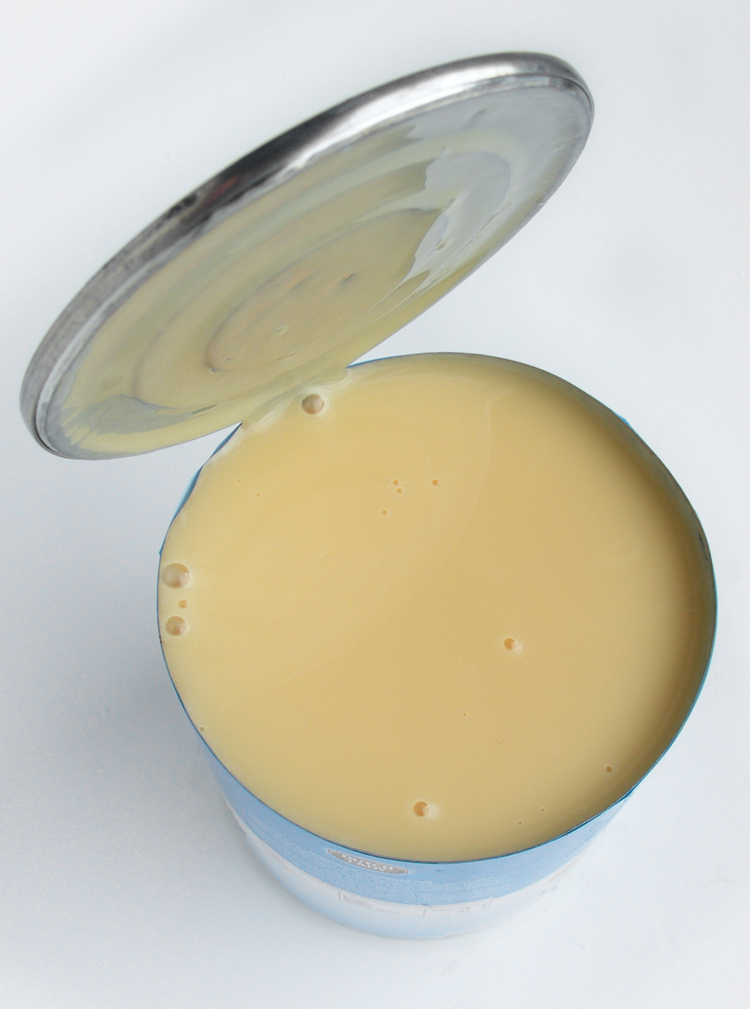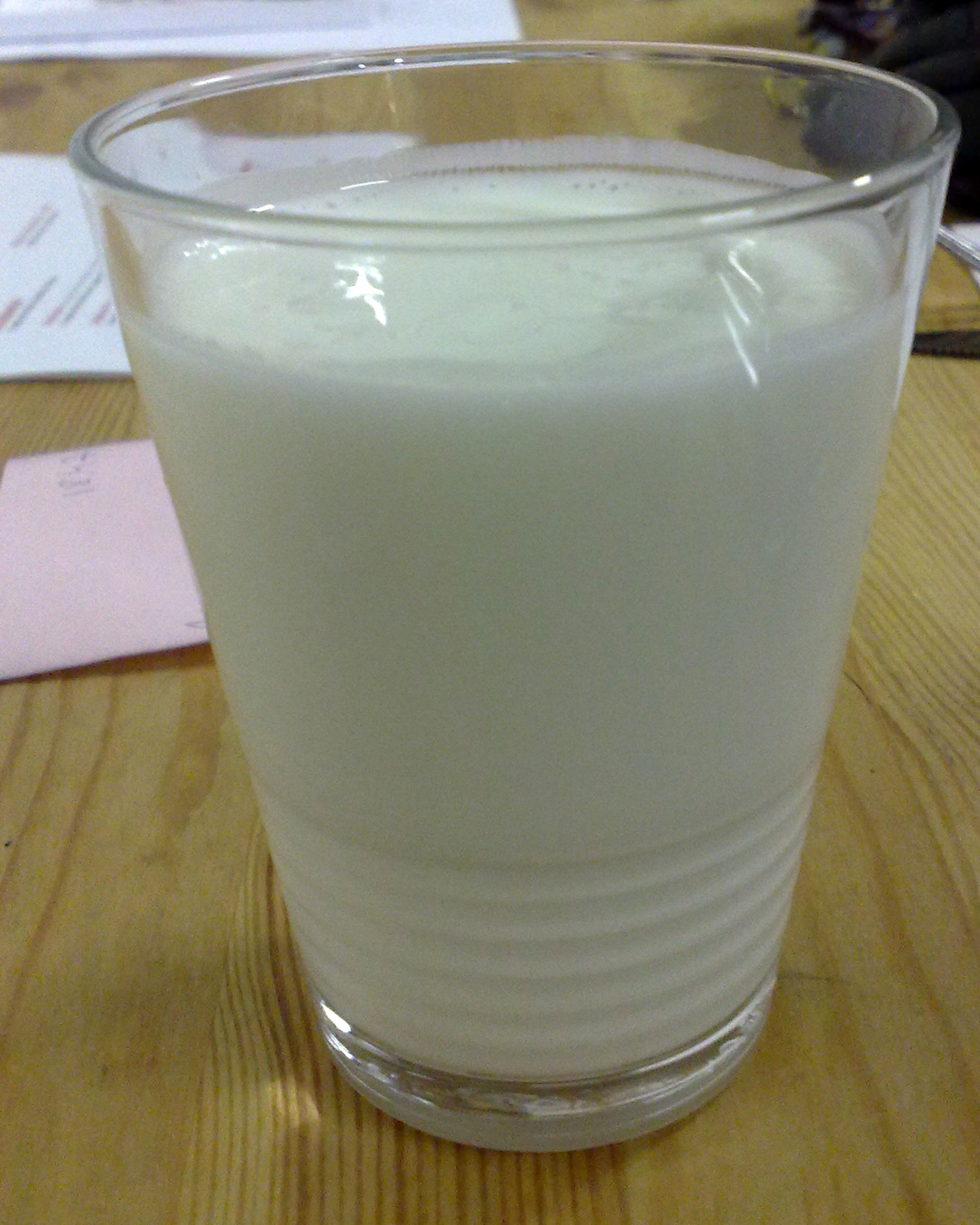
milk
Milk is a white liquid food produced by the mammary glands of mammals. It is the primary source of nutrition for young mammals (including breastfed human infants) before they are able to digest solid food. Immune factors and immune-modulati ...
. The most common dairy animals are cow, water buffalo
The water buffalo (''Bubalus bubalis''), also called the domestic water buffalo or Asian water buffalo, is a large bovid originating in the Indian subcontinent and Southeast Asia. Today, it is also found in Europe, Australia, North America, S ...
, nanny goat, and ewe. Dairy products include common grocery store food items in the Western world
The Western world, also known as the West, primarily refers to the various nations and states in the regions of Europe, North America, and Oceania.
such as yogurt
Yogurt (; , from tr, yoğurt, also spelled yoghurt, yogourt or yoghourt) is a food produced by bacterial fermentation of milk. The bacteria used to make yogurt are known as ''yogurt cultures''. Fermentation of sugars in the milk by these bact ...
, cheese
Cheese is a dairy product produced in wide ranges of flavors, textures, and forms by coagulation of the milk protein casein. It comprises proteins and fat from milk, usually the milk of cows, buffalo, goats, or sheep. During product ...
and butter
Butter is a dairy product made from the fat and protein components of churned cream. It is a semi-solid emulsion at room temperature, consisting of approximately 80% butterfat. It is used at room temperature as a spread (food), spread, melted a ...
. A facility that produces dairy products is known as a '' dairy''. Dairy products are consumed worldwide to varying degrees (see consumption patterns worldwide). Some people avoid some or all dairy products either because of lactose intolerance, veganism
Veganism is the practice of abstaining from the use of animal product—particularly in diet—and an associated philosophy that rejects the commodity status of animals. An individual who follows the diet or philosophy is known as a vegan. ...
, or other health reasons or beliefs.
Production relationship graph
Types of dairy product
Milk

Milk
Milk is a white liquid food produced by the mammary glands of mammals. It is the primary source of nutrition for young mammals (including breastfed human infants) before they are able to digest solid food. Immune factors and immune-modulati ...
is produced after optional homogenization
Homogeneity is a sameness of constituent structure.
Homogeneity, homogeneous, or homogenization may also refer to:
In mathematics
* Transcendental law of homogeneity of Leibniz
* Homogeneous space for a Lie group G, or more general transformat ...
or pasteurization
Pasteurization or pasteurisation is a process of food preservation in which packaged and non-packaged foods (such as milk and fruit juices) are treated with mild heat, usually to less than , to eliminate pathogens and extend shelf life.
T ...
, in several grades after standardization of the fat level, and possible addition of the bacteria ''Streptococcus lactis
''Lactococcus lactis'' is a Gram-positive bacterium used extensively in the production of buttermilk and cheese, but has also become famous as the first genetically modified organism to be used alive for the treatment of human disease. ''L. lac ...
'' and ''Leuconostoc citrovorum
''Leuconostoc'' is a genus of gram-positive bacteria, placed within the family of Lactobacillaceae. They are generally ovoid cocci often forming chains. ''Leuconostoc'' spp. are intrinsically resistant to vancomycin and are catalase-negativ ...
''. Milk can be broken down into several different categories based on type of product produced, including cream, butter, cheese, infant formula, and yogurt.
Milk varies in fat content. Skim milk is milk with zero fat, while whole milk products contain fat.
Milk is an ingredient in many confectioneries. Milk can be added to chocolate to produce milk chocolate.
Cream

Butter
Butter
Butter is a dairy product made from the fat and protein components of churned cream. It is a semi-solid emulsion at room temperature, consisting of approximately 80% butterfat. It is used at room temperature as a spread (food), spread, melted a ...
, mostly milk fat, produced by churning cream
* ''Ghee
Ghee is a type of clarified butter, originating from India. It is commonly used in India for cooking, as a traditional medicine, and for religious rituals.
Description
Ghee is typically prepared by simmering butter, which is churned fro ...
'' also called, clarified butter, by gentle heating of butter and removal of the solid matter
**'' Smen'', a fermented, clarified butter used in Moroccan cooking
**Anhydrous
A substance is anhydrous if it contains no water. Many processes in chemistry can be impeded by the presence of water; therefore, it is important that water-free reagents and techniques are used. In practice, however, it is very difficult to achi ...
milkfat ( clarified butter)
Fermented

Fermented milk products
Fermented milk products or fermented dairy products, also known as cultured dairy foods, cultured dairy products, or cultured milk products, are dairy foods that have been fermented with lactic acid bacteria such as '' Lactobacillus'', '' Lacto ...
include:
Yogurt
Yogurt
Yogurt (; , from tr, yoğurt, also spelled yoghurt, yogourt or yoghourt) is a food produced by bacterial fermentation of milk. The bacteria used to make yogurt are known as ''yogurt cultures''. Fermentation of sugars in the milk by these bact ...
, milk fermented by thermophilic bacteria
A thermophile is an organism—a type of extremophile—that thrives at relatively high temperatures, between . Many thermophiles are archaea, though they can be bacteria or fungi. Thermophilic eubacteria are suggested to have been among the ea ...
, mainly '' Streptococcus salivarius'' ssp. ''thermophilus'' and ''Lactobacillus delbrueckii'' ssp. ''bulgaricus'' sometimes with additional bacteria, such as '' Lactobacillus acidophilus''
Cheese
Cheese
Cheese is a dairy product produced in wide ranges of flavors, textures, and forms by coagulation of the milk protein casein. It comprises proteins and fat from milk, usually the milk of cows, buffalo, goats, or sheep. During product ...
, produced by coagulating
Coagulation, also known as clotting, is the process by which blood changes from a liquid to a gel, forming a blood clot. It potentially results in hemostasis, the cessation of blood loss from a damaged vessel, followed by repair. The mechanism o ...
milk, separating curds from whey, and letting it ripen, generally with bacteria
Bacteria (; singular: bacterium) are ubiquitous, mostly free-living organisms often consisting of one biological cell. They constitute a large domain of prokaryotic microorganisms. Typically a few micrometres in length, bacteria were am ...
, and sometimes also with certain molds.
Custard
*Custard
Custard is a variety of culinary preparations based on sweetened milk, cheese, or cream cooked with egg or egg yolk to thicken it, and sometimes also flour, corn starch, or gelatin. Depending on the recipe, custard may vary in consistency f ...
, thickened with eggs
* Imitation custard, thickened with starch
Frozen
 *
*Ice cream
Ice cream is a sweetened frozen food typically eaten as a snack or dessert. It may be made from milk or cream and is flavoured with a sweetener, either sugar or an alternative, and a spice, such as cocoa or vanilla, or with fruit such as ...
, slowly frozen cream, milk, flavors and emulsifying additives (dairy ice cream)
* Gelato, slowly frozen milk and water, lesser fat than ice cream
* Ice milk, low-fat version of ice cream
* Frozen custard
* Frozen yogurt, yogurt with emulsifiers
Casein
Consumption patterns worldwide
Rates of dairy consumption vary widely worldwide. High-consumption countries consume more than per capita per year. These countries are: Argentina, Armenia, Australia, Costa Rica, most European countries, Israel, Kyrgyzstan, North America and Pakistan. Medium-consumption countries consume to 150 kg per capita per year. These countries are: India, Iran, Japan, Kenya, Mexico, Mongolia, New Zealand, North and Southern Africa, most of the Middle East, and most of Latin America and the Caribbean. Low-consumption countries consume under 30 kg per capita per year. These countries are: Senegal, most of Central Africa, and most of East and Southeast Asia.Lactose levels
For those with some degree of lactose intolerance, considering the amount oflactose
Lactose is a disaccharide sugar synthesized by galactose and glucose subunits and has the molecular formula C12H22O11. Lactose makes up around 2–8% of milk (by mass). The name comes from ' (gen. '), the Latin word for milk, plus the suffix ...
in dairy products can be important to health.
Intolerance and health research
Dairy products may upset the digestive system in individuals with lactose intolerance or a milk allergy. People who experience lactose intolerance usually avoid milk and other lactose-containing dairy products, which may cause mildside effect
In medicine, a side effect is an effect, whether therapeutic or adverse, that is secondary to the one intended; although the term is predominantly employed to describe adverse effects, it can also apply to beneficial, but unintended, consequence ...
s, such as abdominal pain, bloating, diarrhea, gas, and nausea. Such individuals may use non-dairy milk substitutes.
Consumption of dairy products does not cause mucus
Mucus ( ) is a slippery aqueous secretion produced by, and covering, mucous membranes. It is typically produced from cells found in mucous glands, although it may also originate from mixed glands, which contain both serous and mucous cells. It ...
production, and does not worsen common cold or asthma symptoms. A 2019 review indicated there is no convincing evidence on whether an association between dairy consumption and risk of cancers exists.
Avoidance on principle
Some groups avoid dairy products for non-health-related reasons. Some religions restrict or do not allow the consumption of dairy products. For example, some scholars ofJainism
Jainism ( ), also known as Jain Dharma, is an Indian religion. Jainism traces its spiritual ideas and history through the succession of twenty-four tirthankaras (supreme preachers of ''Dharma''), with the first in the current time cycle being ...
advocate not consuming any dairy products because dairy is perceived to involve violence against cows. Orthodox Judaism
Judaism ( he, ''Yahăḏūṯ'') is an Abrahamic, monotheistic, and ethnic religion comprising the collective religious, cultural, and legal tradition and civilization of the Jewish people. It has its roots as an organized religion in the ...
requires that meat and dairy products not be served at the same meal, served or cooked in the same utensils, or stored together, as prescribed in Deuteronomy 14:21.
Veganism
Veganism is the practice of abstaining from the use of animal product—particularly in diet—and an associated philosophy that rejects the commodity status of animals. An individual who follows the diet or philosophy is known as a vegan. ...
is the avoidance of all animal products, including dairy products, most often due to the ethics regarding how dairy products are produced. The ethical reasons for avoiding meat and dairy products include how dairy is produced, how the animals are handled, and the environmental effect of dairy production. According to a report of the United Nations' Food and Agriculture Organization
The Food and Agriculture Organization of the United Nations (FAO)french: link=no, Organisation des Nations unies pour l'alimentation et l'agriculture; it, Organizzazione delle Nazioni Unite per l'Alimentazione e l'Agricoltura is an intern ...
in 2010 the dairy sector accounted for 4 percent of global man-made greenhouse gas emissions.
See also
* List of dairy products * List of dairy product companies in the United States *Dairy industry in the United States
The dairy industry in the United States includes the farms, cooperatives, and companies that produce milk and cheese and related products, such as milking machines, and distribute them to the consumer. By 1925, the United States had 1.5-2 million d ...
* Dairy industry in the United Kingdom
References and notes
Notes
References
Further reading
* Fuquay, John W. ed. ''Encyclopedia of Dairy Sciences'' (2nd Edition, 4 vol 2011), comprehensive coverage *Rankin, H. F. (1922) ''Imbucase: the Story of the B. C. I. C. of the Ministry of Food''. Edinburgh: Edinburgh Press (B.C.I.C.=Butter and Cheese Imports Committee) {{Authority control